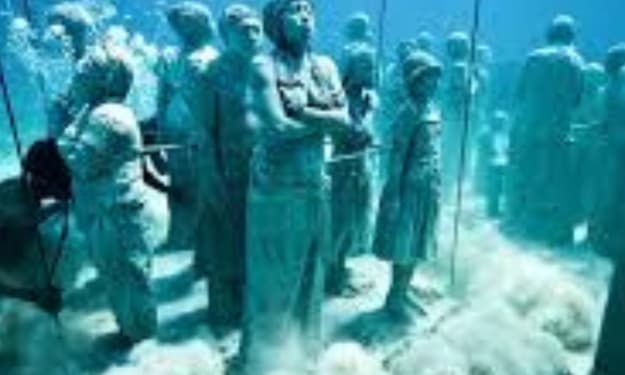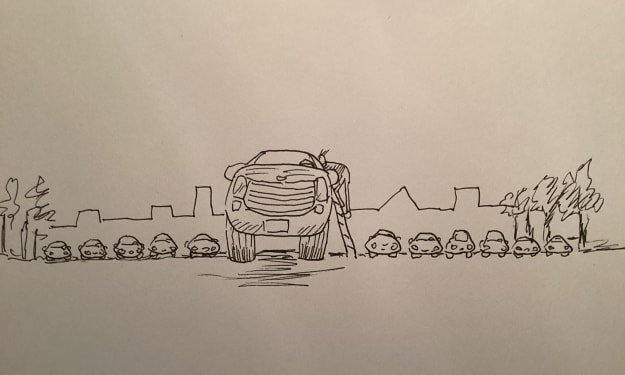Weird animals you’ve never heard of
Check to know how many of the animals you know

introduction:
Have you ever looked at the natural world and marveled at its sheer diversity? From the depths of the ocean to the highest mountains, our planet is home to an astonishing array of creatures, many of which are so strange that you might not believe they actually exist. In this blog post, we’ll take you on a journey to discover some of the most bizarre and lesser-known creatures that inhabit our Earth.
Axolotl:
The axolotl, also known as the Mexican walking fish, is a unique aquatic creature that never undergoes metamorphosis to become fully terrestrial. It retains its juvenile features throughout its life, making it look like a cute, smiling aquatic larva. Native to Mexico, it has the remarkable ability to regenerate lost body parts, including limbs and even parts of its heart and spinal cord.
Okapi:
Hailing from the dense forests of the Democratic Republic of Congo, the okapi is often referred to as the "forest giraffe." It has zebra-like stripes on its legs and a long, flexible neck. This elusive creature is a relative of the giraffe, but it has adapted to its forest environment by developing a shorter neck and unique feeding habits.
Aye-Aye:
The aye-aye is a nocturnal primate found in Madagascar. It's known for its peculiar appearance, with large eyes, bushy tail, and long, skeletal fingers. These fingers are used to tap on tree trunks, listening for insects hiding beneath the bark. Once detected, the aye-aye uses its specialized finger to extract the insects and consume them.
Narwhal:
The narwhal is often referred to as the "unicorn of the sea" due to its long, spiraled tusk that can reach lengths of up to 10 feet. Found in Arctic waters, the tusk is actually an elongated tooth. Narwhals use these tusks for various purposes, including hunting for food and social interactions.
Quokka:
Native to Australia, the quokka is a small marsupial that's often dubbed the "world's happiest animal" due to its perpetually cheerful appearance. It has a round face, short snout, and a penchant for "smiling" which is actually just its natural facial structure. Quokkas are known for being friendly and curious creatures, often approaching humans without fear.
Dik-Dik:
Dik-diks are tiny antelopes found in Eastern Africa. They're named after the distinct "dik-dik" sound they make when alarmed. These small herbivores are adapted to living in arid regions and can survive without water for extended periods, obtaining moisture from the vegetation they consume.
Blobfish:
The blobfish, primarily found in the deep waters off the coast of Australia and New Zealand, is often regarded as one of the world's ugliest creatures. Due to the extreme pressure at its habitat's depths, the blobfish has a gelatinous, soft body that appears quite different from its appearance when brought to the surface.
Fossa:
The fossa is a carnivorous mammal native to Madagascar. Resembling a mix between a cat and a mongoose, the fossa is an agile and skilled hunter, preying on lemurs and other small animals. It's the largest carnivore on the island and has a long, slender body that aids in its hunting pursuits.
Sunda Colugo:
Also known as the "flying lemur" (although it's not truly a lemur and doesn't fly), the Sunda colugo is a gliding mammal found in Southeast Asia. It has a patagium—a membrane between its limbs—that allows it to glide through the trees. Despite its name, it's more closely related to primates than to true lemurs.
Naked Mole Rat:
Found in the underground tunnels of East Africa, the naked mole rat is a fascinating creature known for its eusocial behavior. These small mammals live in colonies with a queen and worker castes, similar to bees or ants. They have a highly unusual appearance due to their hairless, wrinkled skin, and large front teeth used for digging.
These are just a few examples of the many unique and lesser-known animals that share our planet. Each of these creatures has evolved to thrive in specific environments, showcasing the incredible diversity of life on Earth.
About the Creator
Enjoyed the story? Support the Creator.
Subscribe for free to receive all their stories in your feed. You could also pledge your support or give them a one-off tip, letting them know you appreciate their work.





Comments
There are no comments for this story
Be the first to respond and start the conversation.